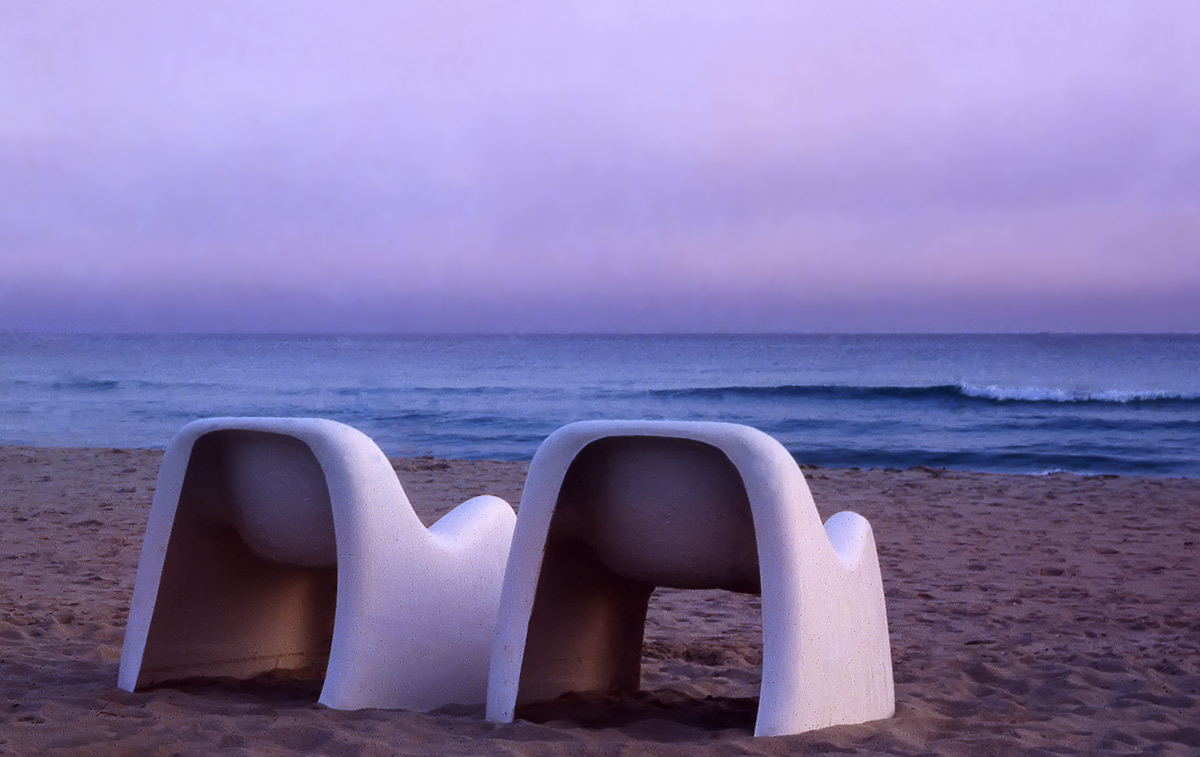menu css3 by Css3Menu.com
| CUBA |
|
|
|---|
CUBA: PARADISE IN THE CARIBBEAN Cuba is not just an island, but an archipelago comprising nearly 1600 islands and islets, called cayos, that surround the main island. It is located in the northern part of the vast Caribbean archipelago and is its largest island. To the north are the United States, separated from Cuba by the Strait of Florida only 180 km wide and the North Atlantic Ocean. The remarkable coastal development offers a wide variety of marine landscapes, ranging from rocky to high altitude and cliffs, but above all to a vast expanse of beaches with a vast coral reef spreading off the outer islets. In the development of the coast there are deep and wide creeks that make natural harbors of exceptional value and beauty, venues of historic commercial ports of Cuba such as Havana, Santiago de Cuba and Cienfuegos. I've been to Cuba many years ago when still using analogue photography. That's why I was able to see an island still intact, certainly different from what it looks like today after the removal of the embargo and the US rapprochement. This is reflected, in the least, even on the most certainly integrity environments. In short, Cuba is certainly an equatorial forest fence amidst an incredible sea that deserves the planning of a visit to the discovery of its beauties, but also of its people. Visit the galleries. For information on travel organization contact the author at the contact details provided in the "contacts" section.
|
 |

















